Safety Technologies
Tragedy & Expense: The High Cost of Low Electrical Safety
Electric Utility System Standards
Safety Technologies
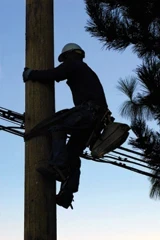
The Guide to IEEE Utility Safety Standards
A comprehensive review of IEEE guidelines and documents
BY JIM TOMASESKI, IEEE, NESC Main Committee, PAR Electric
Every day, utility workers are risking their lives in work environments that involve high-risk activities such as working at extreme heights, managing or repairing energized high-voltage power systems, transporting dangerous goods, working on suspended access equipment, or the opposite, cramped underground with little ventilation, and mitigating natural disasters.
Although assuring the safety and health of America’s utility workers...
Related Articles

Electric Utility System Standards
How Ontario regulation can improve electrical safety BY BILL KHASHFE, London Hydro According to an Ontario Electrical Safety Report, 35 percent of the province’s electrical-related fatalities in the past 10 years were attributed to power-line contact. Equipment specifications and electric utility...
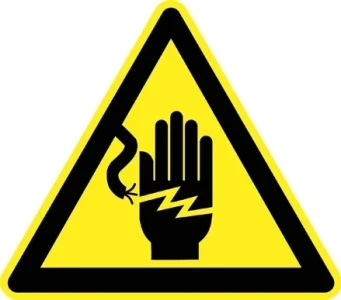
Safe Grounding in Substations
How to guard utility personnel from shock hazards BY JEFF JOWETT, Megger In the power industry, safety is just as important a function as performance. Safety considerations, parameters, and methods of implementation are an integral part of any electrical system. A most important element is the...
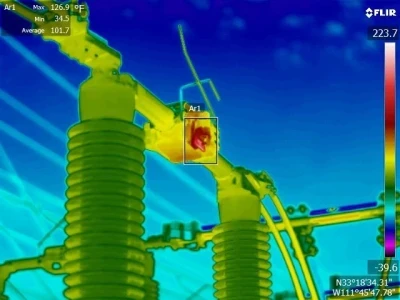
Worker Safety Using Infrared
Infrared safety: using thermal technologies to protect workers BY DOUG BARRY, FLIR Systems Disconnect switches, elbow connectors, cutouts, lightning arrestors, oil-filled circuit breakers, and other electrical components tend to heat up before they fail. The ability to detect overheating on such...
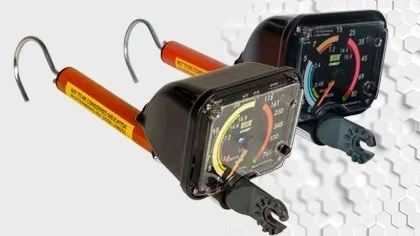
Safe Work Verified Through Data Logging Technology
On Distribution, Transmission or Substation equipment, testing for presence or absence of nominal voltage is mandated specifically by OSHA rule 1910.269(n)(5) which states “Testing. The employer shall ensure that, unless a previously installed ground is present, employees test lines and...
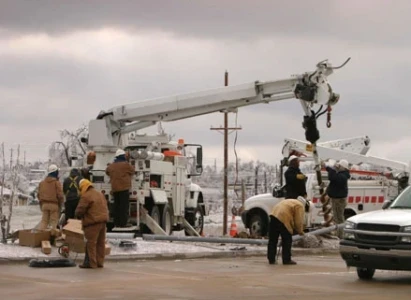
Battery Fires Pose Minor Environmental Risks, ACP Report Finds
Battery fires in large-scale energy storage systems (BESS) have raised concerns, but a recent review by the American Clean Power Association (ACP) found that such incidents pose only minor environmental risks. According to a third-party analysis of U.S. battery fires since 2012, these fires did not...
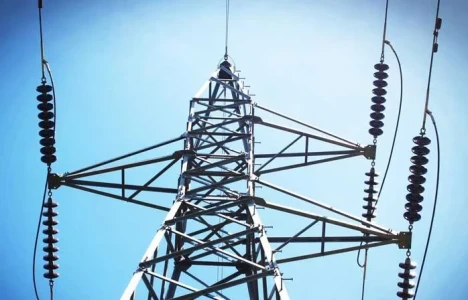
FERC Complaint Targets Duke, PJM Transmission Planning
A coalition of large energy consumers and ratepayer advocates has filed a complaint with the Federal Energy Regulatory Commission (FERC), urging the agency to prohibit transmission owners from independently planning "local" transmission projects exceeding 100 kilovolts (kV). The coalition argues...

12 Tips to Protect Against Common Lineworker Safety Hazards
Lineworkers face numerous risks daily, from respiratory ailments to electrical hazards. These dangers can result in severe injuries, low blood pressure, bleeding, and vomiting. However, by adhering to established safety protocols, contractors and employers can significantly reduce the likelihood of...
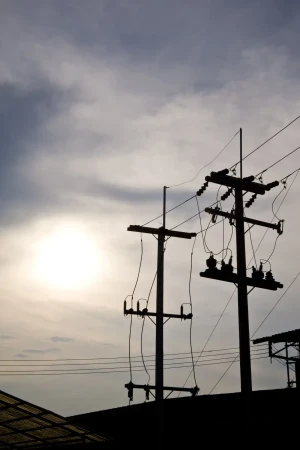
FERC Rejects PJM Transmission Planning Change
The Federal Energy Regulatory Commission (FERC) has rejected a proposal from PJM Interconnection, one of the United States' largest regional transmission organizations, to alter its transmission planning protocol. The decision represents a significant victory for state regulators who had expressed...

A Primer on the Codes and Standards Governing Battery Safety and Compliance
Batteries have greatly influenced the utility industry, and the evolution of battery chemistries has revolutionized their applications. With the emergence of new technologies and advancements in existing ones, standards committees and safety code writers are working to develop best practices and...
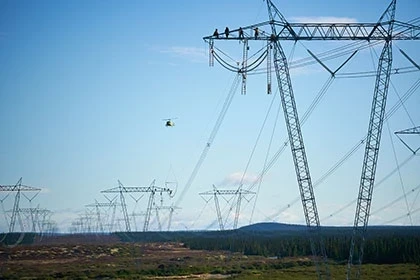
Building a Competency Program
At Valard, our people are the core and health of our business. Without our people, we have nothing. In fact, one of our slogans is “People. First.” However, being a people company means some of our biggest challenges are created by people. Our challenges are unique, as is each person...
